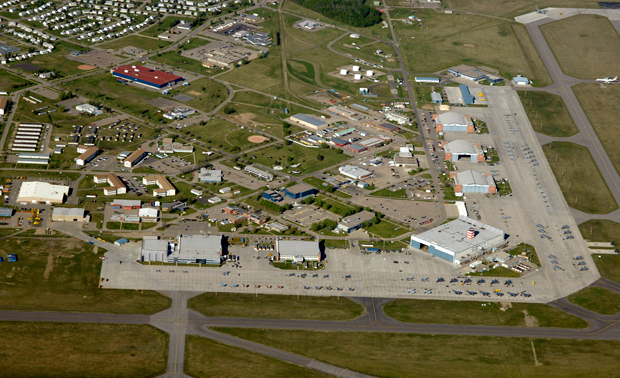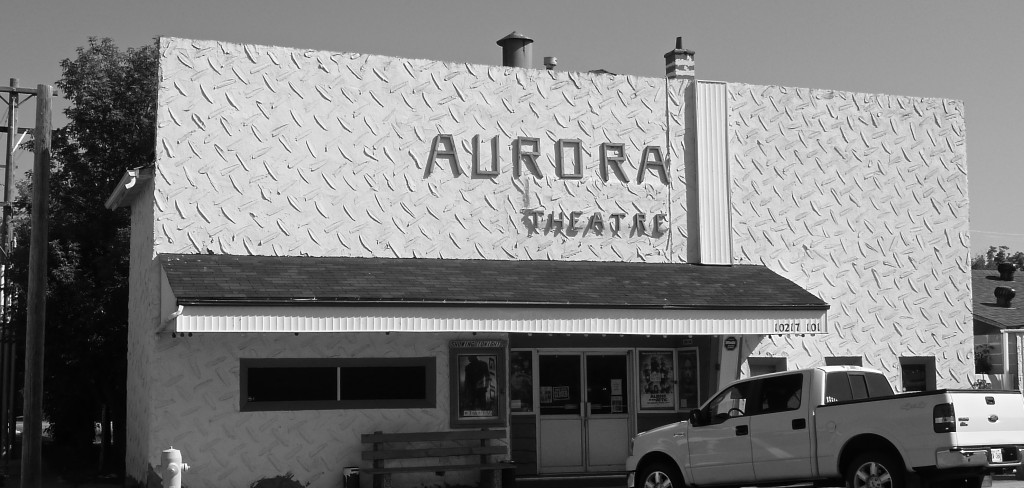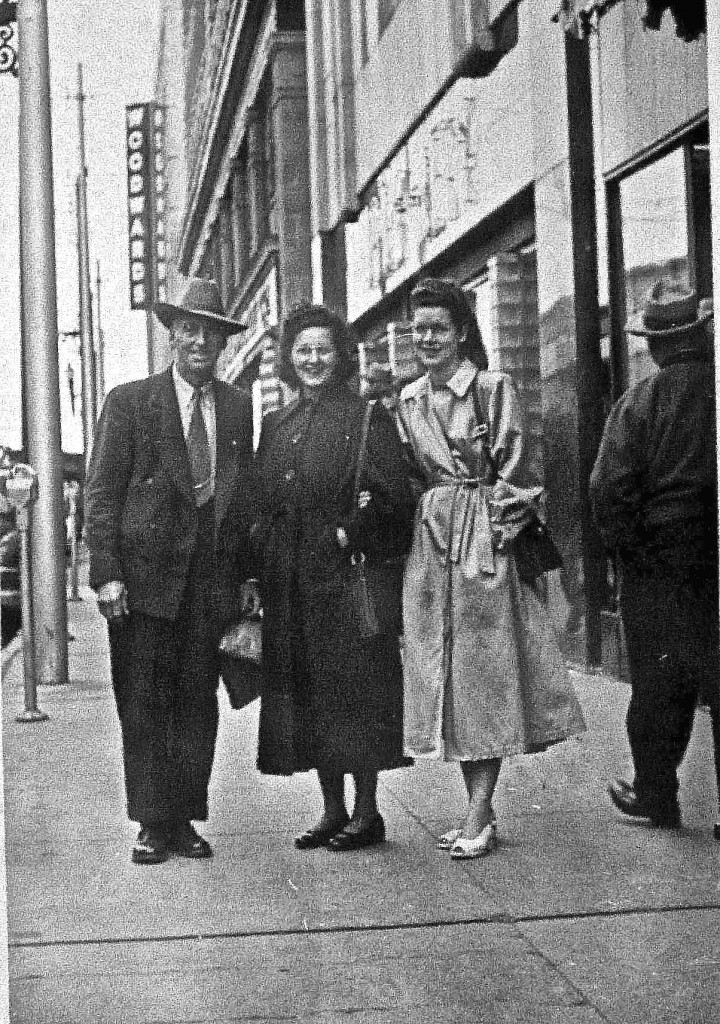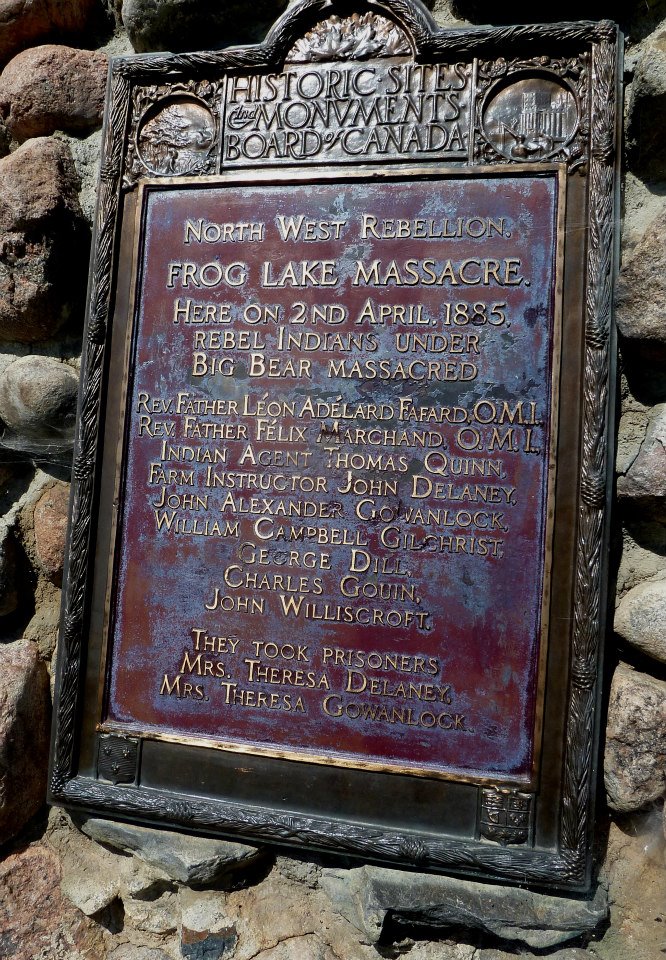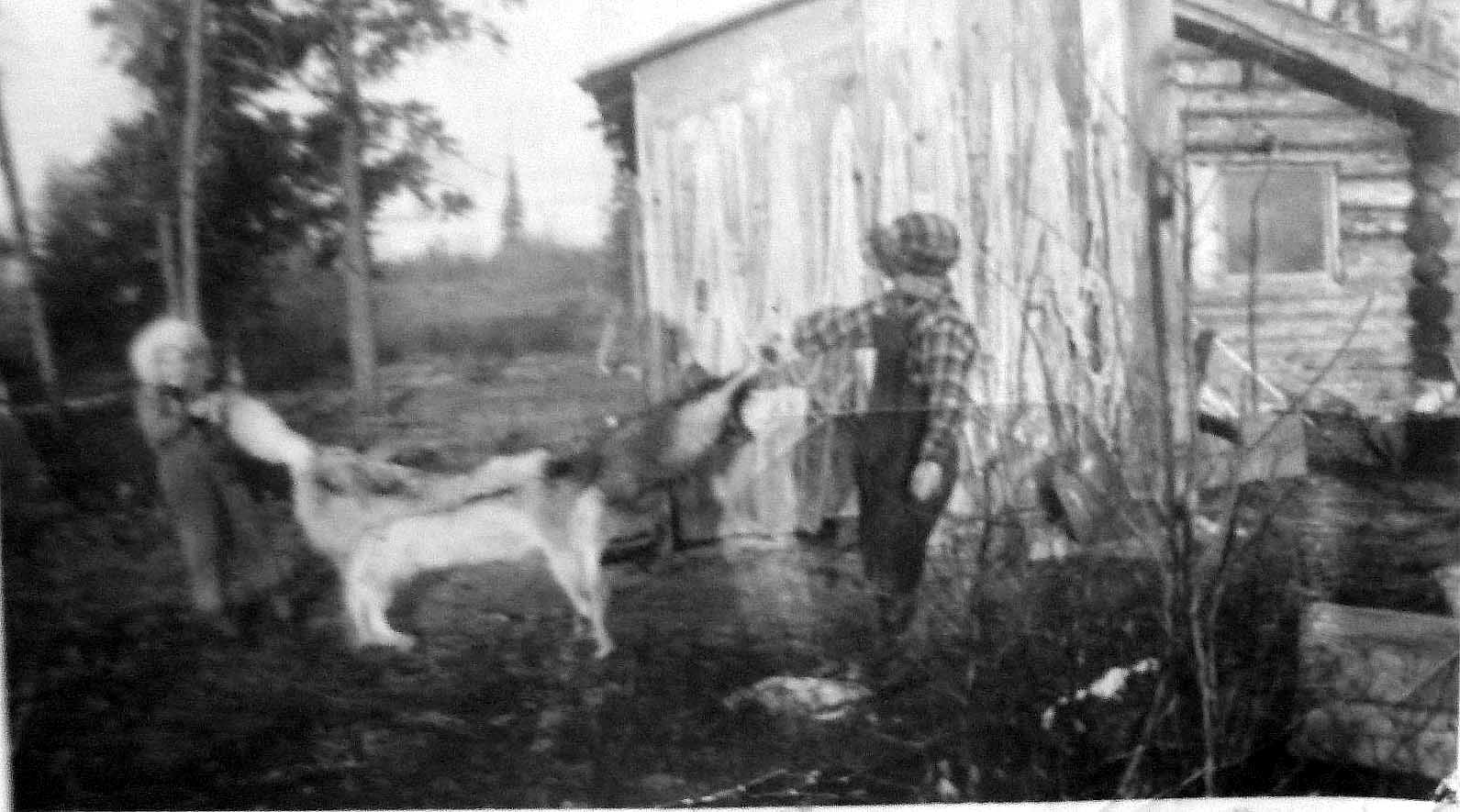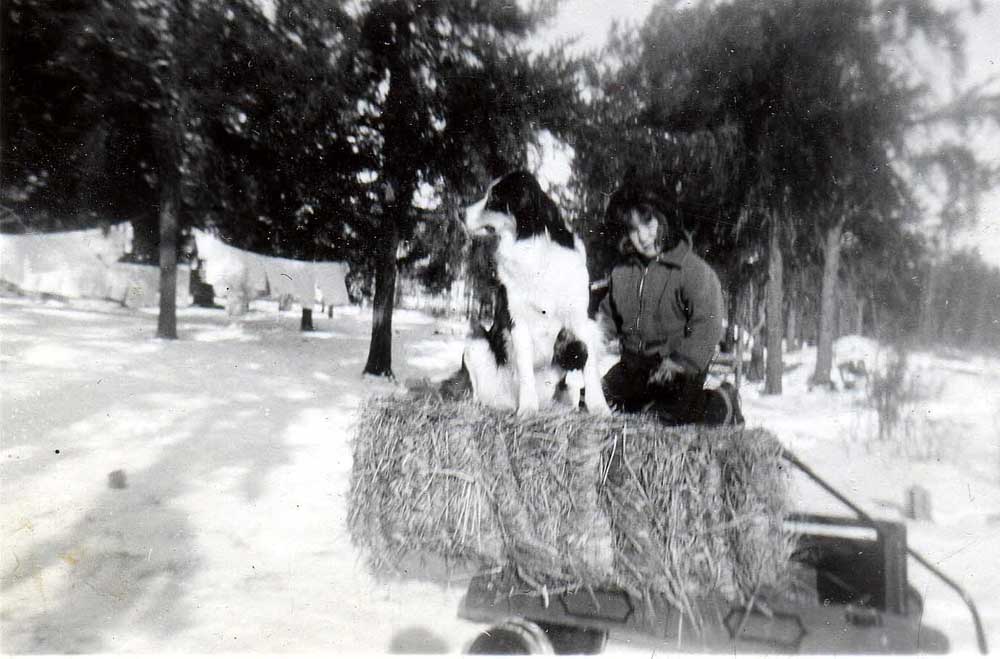Posts Tagged ‘Louise McNeill’
Cold Lake High: Cars, Girls, Rock and Roll
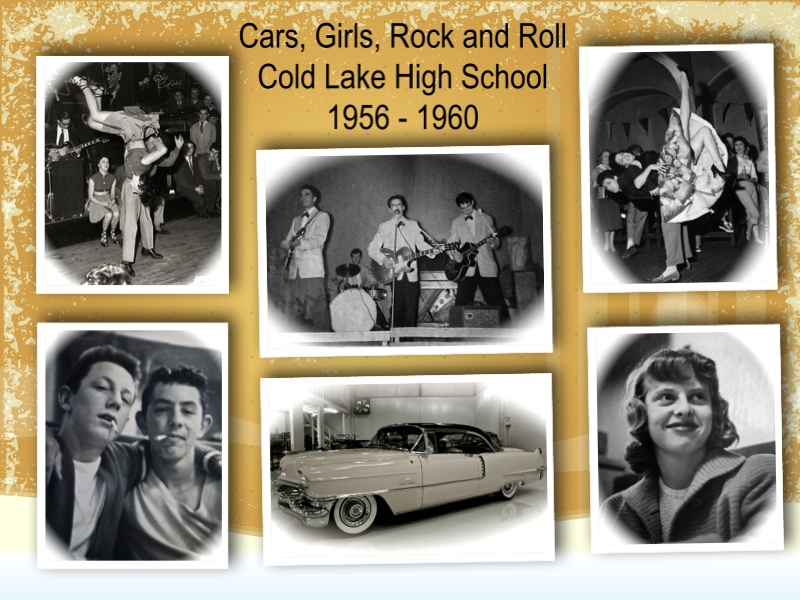 Photo Collage: There was never enough time to do it all. Cars, girls, rock and roll were all part of the freedoms that came in the 1950’s. If was a unique time in the Canada, and we made the best of it. The majority even managed to graduate with distinction. I was one of the non-distincts, however, my sister, Louise McNeill, graduated with a distinct distinction, that being the 1961 Honour Role. This post makes it clear why I failed to do so.
Photo Collage: There was never enough time to do it all. Cars, girls, rock and roll were all part of the freedoms that came in the 1950’s. If was a unique time in the Canada, and we made the best of it. The majority even managed to graduate with distinction. I was one of the non-distincts, however, my sister, Louise McNeill, graduated with a distinct distinction, that being the 1961 Honour Role. This post makes it clear why I failed to do so.
(Photo selection: Jimmy Martineau, Gordie Wusyk, Billy Martineau and drummer in the background, Gary McGlaughlin, playing at the Tropicana Night Club. Below, the Pinsky Cadillac. Harold McNeill and Aaron Pinsky in a “cool” shot at the Roundel Hotel. Sitting across from us is Dorothy Hartman, an awesome dance partner. We worked out the fine points of the back over flip as shown in the photo top right (Dance photos from the web).
1. Introduction
Perhaps the best way to pick my way through the final two segments of the Cold Lake High School Years is by selecting random memories. Not to worry, I will be discrete while keeping the history and stories interesting as possible. The post is not meant as a titillating account of a small town as in Peyton Place, but seeks instead to provide an account of how I950’s High School kids in a small town at the edge of the wilderness on the Alberta/Saskatchewan border lived and loved. 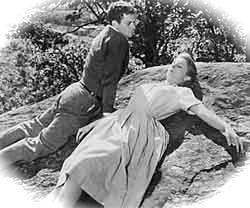 For the most part, private matters between consenting students during our time in Cold Lake High would stay in Cold Lake High. That does not mean I won’t pick around the edges.
For the most part, private matters between consenting students during our time in Cold Lake High would stay in Cold Lake High. That does not mean I won’t pick around the edges.
Peyton Place: The sizzling movie version of the best-selling book was released in 1957, just in time for our coming of age. While the movie was toned down, it still raised eyebrows and was soundly condemned in many quarters. By today’s standards, it would be relatively tame.
The full story, including this Chapter, is now in book form;
This Book is available from
Kindle Direct Publishing
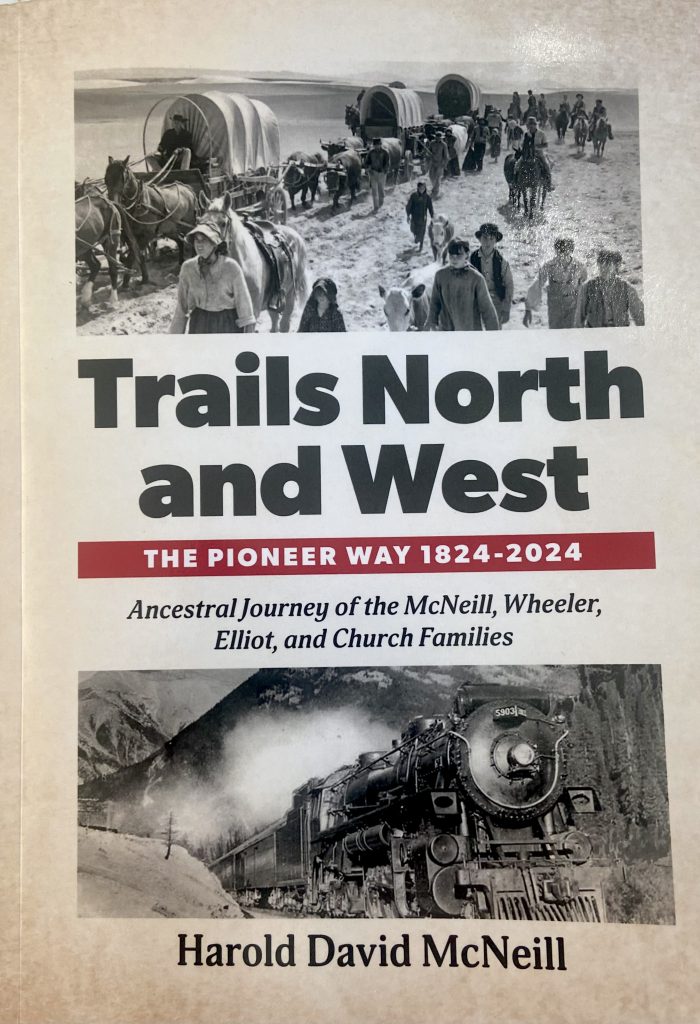
Book 2 -Trails North an and West: The Pioneer Way 1824-2024 is now available from Kindle Direct Publishing (KDP) You can search by book title or author name. A preview of the first seventeen pages is provided (link on bottom left on the KDP order page). The preview also includes the Table of Contents.
Note: When ordering four or fewer books, they will be printed and shipped within Canada. An order of 5 or more books may be printed and shipped from the United States. Postage is included in the purchase price when ordering from either country.
If you are thinking of sending books as gifts to others, you may consider having those books mailed directly to the recipient(s), by Amazon, at time of ordering. In this way, you would avoid Canada Post fees which currently run about $20.00 (plus tax) for one or two books, if enclosed in a single mailer.
For more background information on the story, go to the lead story on this blog.
Cheers,
Harold
Link Here for Chapter 1 of the High School Years
Link Here for Chapter 2 of the High School Years
(3148)
Cold Lake High School Years: The Journey Begins
Early in the 1950’s the largest RCAF Station ever constructed in Canada was taking shape in Alberta. The small, remote, communities of Cold Lake and Grande Centre, that grew ever so slowly over the first fifty years of the century, would be shaken to their foundations as they struggled to come to terms with a massive influx of workers and their families. Our family was one of the many seeking to find their way.
Dear Reader,
For the several months, I struggled with how to write this post about our return to Cold Lake. To this point, it was easy to tell the stories as they were all generally positive. Even though our family was constantly on the move over the twelve years until this story, everything was relatively stable on the home front. All that changed in 1953 after arriving in Cold Lake and it continued in one form or another until our Dad passed away suddenly in 1965. While I will not dwell on the very difficult parts, and there were many, I felt compelled to express the feelings that enveloped me during those tumultuous years as a means to better understand myself and, perhaps, as a message to others.
I rather expect at least a few of my school friends shared similar experiences and might even take solace in knowing they were not alone. The background to this story is alcohol abuse, but it could easily have been any of a dozen other things that cause family units to fracture – drugs, infidelity, mental illness, etc. Children and teenagers, in particular, are vulnerable when this happens and need to know they are never alone, that even when things get really bad, the future can still hold a great deal of promise.
The full story, including this Chapter, is now in book form;
This Book is available from
Kindle Direct Publishing

Book 2 -Trails North an and West: The Pioneer Way 1824-2024 is now available from Kindle Direct Publishing (KDP) You can search by book title or author name. A preview of the first seventeen pages is provided (link on bottom left on the KDP order page). The preview also includes the Table of Contents.
Note: When ordering four or fewer books, they will be printed and shipped within Canada. An order of 5 or more books may be printed and shipped from the United States. Postage is included in the purchase price when ordering from either country.
If you are thinking of sending books as gifts to others, you may consider having those books mailed directly to the recipient(s), by Amazon, at time of ordering. In this way, you would avoid Canada Post fees which currently run about $20.00 (plus tax) for one or two books, if enclosed in a single mailer.
For more background information on the story, go to the lead story on this blog.
Cheers,
Harold
End Comment
While life was often tough at home when things went sideways, it was all about learning to handle life. How we respond when life throws a curve is what makes us stronger, not weaker. We all need to work for the best and learn to deal with the bad as it comes along. Mom is an excellent example of how she motored her way through the difficult times. Dad, in his own way, also passed along his best as you will noted in the previous stories in this series.
In the next part of the Junior and Senior High School series, I will zero in on more of things that made the school years so special – sports, cars, girls, liquor, parties, and, yes, a little study (not necessarily in that order, but pretty close).
As I write those future stories, I will draw upon the experience of family and friends while being sensitive to their privacy.
Harold
Further Links:
(Link here to additional photos that accompany this story)
(Link to Chapter 17, Cold Lake High 1955 -1960)
(3679)
LacLaBiche, Alberta: Moving to the Edge of the Wilderness
July, 2011. The Aurora Theatre, in downtown LacLaBiche looks exactly as it did when Louise and I attended the Saturday matinee’s in 1952-53. The Gypsy Family McNeill, after 11 moves in 11 years, had landed LacLaBiche. (The Aurora story appears in Chapter 4, below). Sadly, the theatre closed in 2014.
Chapter 3: Gypsy Years, LacLaBiche
Introduction
With moving to different homes once or twice a year in each year of our short lives, Louise and I were becoming old hands at the practice. While each move provided new adventures, there was still plenty of uncertainty. What would the school be like? Would the kids be friendly? How about the teachers? How far from our home?
While it was always a comfort to be with Mom and Dad, this year would see more change and another separation on the horizon. Even Louise and I would end up going in different directions. For me, it would create a personal crisis of immense proportion.
The full story, including this Chapter, is now in book form;
This Book is available from
Kindle Direct Publishing

Book 2 -Trails North an and West: The Pioneer Way 1824-2024 is now available from Kindle Direct Publishing (KDP) You can search by book title or author name. A preview of the first seventeen pages is provided (link on bottom left on the KDP order page). The preview also includes the Table of Contents.
Note: When ordering four or fewer books, they will be printed and shipped within Canada. An order of 5 or more books may be printed and shipped from the United States. Postage is included in the purchase price when ordering from either country.
If you are thinking of sending books as gifts to others, you may consider having those books mailed directly to the recipient(s), by Amazon, at time of ordering. In this way, you would avoid Canada Post fees which currently run about $20.00 (plus tax) for one or two books, if enclosed in a single mailer.
For more background information on the story, go to the lead story on this blog.
Cheers,
Harold
Join Louise and me as we tackle life in LacLaBiche in the early 1950s. Photos for this post may be linked at: McNeill Life Stories Facebook Page Additional photos will be added as they become available.
Link to Next Post: The Journey Begins (First of Part VI)
Link to Last Post: Pibroch
Link to Family Stories Index
Additional photos for this post may be linked at: McNeill Life Stories Facebook Page
(Link Here for a LacLaBiche Post Article)
More History on Father McGrane
There are many more web articles on Father McGrane and his service to cadets and the church in LacLaBiche. Link Here
(3868)
Farming in Pibroch, Alberta
Photo (From Web) Pibroch, AB, main street as it looked in 1951 when we arrived. During a trip to that area in 2010, the main street had not changed all that much.
Chapter 2 The Gypsy Years in Pibroch
Includes and introduction
to the Hutterite Way of Life
January 9, 2015: This post is brought forward for the accountant we met in San Francisco who looked after the accounts of several Hutterite Colonies in Alberta. He is retired but at one time worked with the Colony in Pibroch that is featured in this post. If that accountant happens to pick up on this post please leave a message. Regards, Harold
1. Introduction:
After bidding a final farewell his youth, the years used up toiling away on a rock farm near Birch Lake, Saskatchewan, Dad was being drawn back to farming. In the spring he had taken over as foreman on the Murfitt spread in Pibroch, Alberta, a mixed farm with 200 head of cattle and about half the 640 acres under cultivation. It provided Dad with an opportunity to reconnect to animals and the land after having spent several years mink ranching, logging and doing construction work.
The full story, including this Chapter, is now in book form;
This Book is available from
Kindle Direct Publishing

Book 2 -Trails North an and West: The Pioneer Way 1824-2024 is now available from Kindle Direct Publishing (KDP) You can search by book title or author name. A preview of the first seventeen pages is provided (link on bottom left on the KDP order page). The preview also includes the Table of Contents.
Note: When ordering four or fewer books, they will be printed and shipped within Canada. An order of 5 or more books may be printed and shipped from the United States. Postage is included in the purchase price when ordering from either country.
If you are thinking of sending books as gifts to others, you may consider having those books mailed directly to the recipient(s), by Amazon, at time of ordering. In this way, you would avoid Canada Post fees which currently run about $20.00 (plus tax) for one or two books, if enclosed in a single mailer.
For more background information on the story, go to the lead story on this blog.
Cheers,
Harold
Link to Next Post: LacLaBiche
Link to Last Post: Edmonton
Link to Family Stories Index
More photos posted in McNeill Life Stories Facebook Page LINK HERE
Link to information on the Hutterian Brethren
Footnote: A Visit to the Hutterite Colony, 2010
(13424)
The McNeill Family: Edmonton
Photo (From Web): The stately H.A. Gray Elementary School in Edmonton where Mom registered Louise and I in late August, 1949. It was a far cry from our one room school in Harlan, SK (see Chapter 2). Also, reference footer photo for comparison to a similar building in Victoria.
Chapter 1: The Gypsy Years
When Dad and Mom (Dave and Laura McNeill) took Louise and me 1 to live with Aunt Liz and Uncle Warren, in Harlan, Saskatchewan early in the spring of 1949, it was the first time we were separated from our parents. While we had made many moves in our short lives, this was just the beginning of being away from them for various periods of time ranging from a few months, to nearly a year. Our lives became a whirlwind of short-term home stays, new schools and new friends, many of whom remained steadfast for the rest of our lives.
Even our old pal Shep, the amazing Collie Cross, was left far behind in the care of our good friend Mr. Goodrich, our trapper neighbour at Marie Lake (A Final Farewell). Although the loneliness of being separated from Mom, Dad, Shep and our wilderness way of life, left a gapping hole in our lives, we had every reason to believe the hole would be filled once we settled in Edmonton.
Well, things did not turn out as planned and, in fact, Edmonton would bring the near death of our Mom and her younger sister, Aunt Marcia and the death of our one our best friends.
The full story, including this Chapter, is now in book form;
This Book is available from
Kindle Direct Publishing

Book 2 -Trails North an and West: The Pioneer Way 1824-2024 is now available from Kindle Direct Publishing (KDP) You can search by book title or author name. A preview of the first seventeen pages is provided (link on bottom left on the KDP order page). The preview also includes the Table of Contents.
Note: When ordering four or fewer books, they will be printed and shipped within Canada. An order of 5 or more books may be printed and shipped from the United States. Postage is included in the purchase price when ordering from either country.
If you are thinking of sending books as gifts to others, you may consider having those books mailed directly to the recipient(s), by Amazon, at time of ordering. In this way, you would avoid Canada Post fees which currently run about $20.00 (plus tax) for one or two books, if enclosed in a single mailer.
For more background information on the story, go to the lead story on this blog.
Cheers,
Harold
Link to Next Post: Pibroch
Link to Last Post: Dad is Missing (Last of Part IV)
Link to Family Stories Index
(2717)
Harlan: A Tragic History – Chapter 2 of 6
Photo (Frog Lake Memorial): One man who died was the John Delany, the Grandfather of my Aunt Hazel (wife of my mom’s brother Melvin Wheeler), all part of the interesting history of our family. Note, many of these historic signs still denote the event as a Massacre in the midst of the Northwest Rebellion. Little mention is made at these historic sites of the attempt by an “Indian Agent” follow the “letter” of the laws passed in Ottawa, to starve the local bands into full submission to his wishes.
The full story, including this Chapter, is now in book form;
This Book is available from
Kindle Direct Publishing

Book 2 -Trails North an and West: The Pioneer Way 1824-2024 is now available from Kindle Direct Publishing (KDP) You can search by book title or author name. A preview of the first seventeen pages is provided (link on bottom left on the KDP order page). The preview also includes the Table of Contents.
Note: When ordering four or fewer books, they will be printed and shipped within Canada. An order of 5 or more books may be printed and shipped from the United States. Postage is included in the purchase price when ordering from either country.
If you are thinking of sending books as gifts to others, you may consider having those books mailed directly to the recipient(s), by Amazon, at time of ordering. In this way, you would avoid Canada Post fees which currently run about $20.00 (plus tax) for one or two books, if enclosed in a single mailer.
For more background information on the story, go to the lead story on this blog.
Cheers,
Harold
Link to Next Post: Snakes
Link to Last Post: Old School House (First of Part IV)
Link to Family Stories Index
Link here to photo’s of Frog Lake adventure: LINK HERE
Also, a note by Phylis Wicker Glicker
Hazel Martineau [Wheeler] daughter of Adrien Louis Napoleon Martineau b. Oct. 18, 1875, St. Boniface, Manitoba, Canada, and Margaret Delaney b. Nov. 30, 1885, Frog Lake, Alberta, Canada. Adrien is the son of Herman Martineau b. Brittany France mar. (1) Annie Macbeth (2) Angeline LaBelle. Herman Martineau is the son of Ovit Martineau b. Brittany, France. I have just begun researching the Delaneys and Martineau”s so I don’t have much. But I would love to hear from you and share what I have. I was married once to Frank Martineau, grandson of Adrien Louis Napoleon Martineau and would love to learn about Margaret Delaney’s family for mine and my children’s sake.
Email: pwicker@telus.net
(4218)
Marie Lake: The Trapline – Chapter 5 of 11
Louise (4) and Harold (7) hold a large Silver Wolf that Mr. Goodrich (photo below) had shot earlier that fall. Wolf packs were very common in the area, but they seldom bothered any of the area residents as wild game was plentiful (Photo by Mom).
May 8, 2014. This story is brought forward as it is the 7th birthday of our Grandson, Grayson Edward Walker.
Grayson, check out one of the things Grandpa was doing during his 7th year.
Winter of 1948 – 1949
Suddenly Shep stopped dead in his tracks and stood perfectly still. The hair on his neck and back bristled as a soft, low growl emanated from deep within his throat. I scanned the bush – nothing. He continued to growl and slowly sniffed the air off to my right.
Suddenly I caught a wisp of two large silver-grey animals moving furtively through the trees about 100 feet off the trail. Wolves! No doubt the rest of the pack would be nearby.
The full story, including this Chapter, is now in book form;
This Book is available from
Kindle Direct Publishing

Book 2 -Trails North an and West: The Pioneer Way 1824-2024 is now available from Kindle Direct Publishing (KDP) You can search by book title or author name. A preview of the first seventeen pages is provided (link on bottom left on the KDP order page). The preview also includes the Table of Contents.
Note: When ordering four or fewer books, they will be printed and shipped within Canada. An order of 5 or more books may be printed and shipped from the United States. Postage is included in the purchase price when ordering from either country.
If you are thinking of sending books as gifts to others, you may consider having those books mailed directly to the recipient(s), by Amazon, at time of ordering. In this way, you would avoid Canada Post fees which currently run about $20.00 (plus tax) for one or two books, if enclosed in a single mailer.
For more background information on the story, go to the lead story on this blog.
Cheers,
Harold
Link to Next Post: Link to My Best Friend
Link to Last Post: Link to Explosion
Link to Family Stories Index
(2962)
Marie Lake: My Best Friend – Chapter 6 of 11
Photo (by Mom): While was a good friend with who I spent considerable time exploring the wilderness around our home, by best friend was my little sister Louise. Together we spend hours building things, helping around the house and taking school lessons from mom.
1947 -1949
Life can be fragile, a fact our family had plenty of chances to learn – Louise nearly drying from a killer fungus, then, nearly drowning and mom’s injury from the explosion.
The coming summer, to be our last at Marie Lake, would find dad left for dead in the Cold Lake Hospital. That fall, Uncle Warren and Cousin Emerson would stare down the grim reaper on the thin ice of Marie Lake, the lake that had nearly taken Dad, Aunt Marcia, Louise and me to the bottom.
It was a time when Louise and I would be drawn more closely together than at any time in our lives, before or after. While our dog Shep played a prominent role in my young life, I would have to say that Louise grew to be my very best friend over the two short years at Marie Lake. We played, worked, studied and planned new adventures and, Shep was close by our side. It was an all too brief interlude in our lives, a time when life stood still.
The full story, including this Chapter, is now in book form;
This Book is available from
Kindle Direct Publishing

Book 2 -Trails North an and West: The Pioneer Way 1824-2024 is now available from Kindle Direct Publishing (KDP) You can search by book title or author name. A preview of the first seventeen pages is provided (link on bottom left on the KDP order page). The preview also includes the Table of Contents.
Note: When ordering four or fewer books, they will be printed and shipped within Canada. An order of 5 or more books may be printed and shipped from the United States. Postage is included in the purchase price when ordering from either country.
If you are thinking of sending books as gifts to others, you may consider having those books mailed directly to the recipient(s), by Amazon, at time of ordering. In this way, you would avoid Canada Post fees which currently run about $20.00 (plus tax) for one or two books, if enclosed in a single mailer.
For more background information on the story, go to the lead story on this blog.
Cheers,
Harold
Link to Next Post: Link to Crash on Highway 28
Link to Last Post: Link to The Trap Line
Link to Family Stories Index
(1503)

